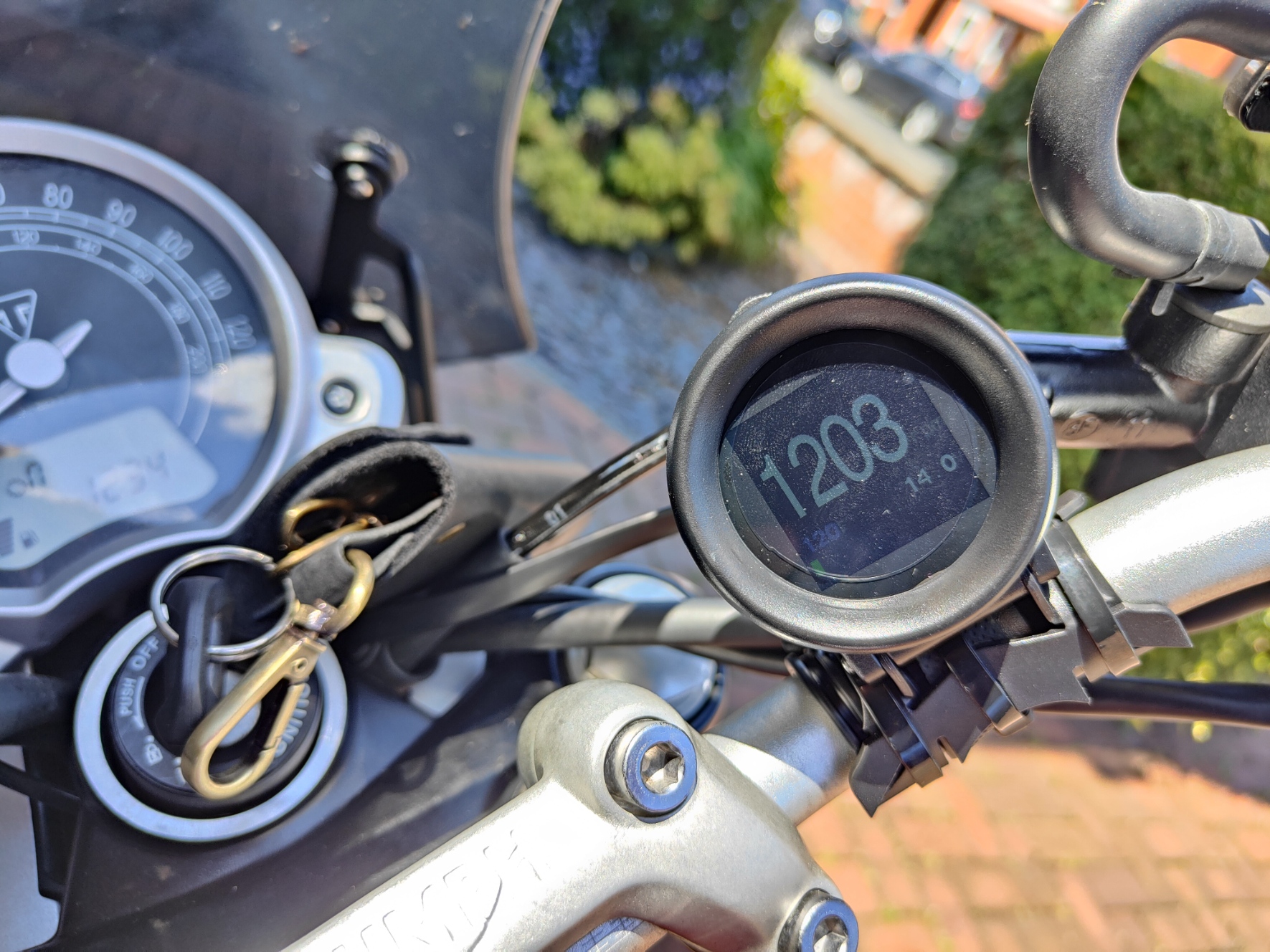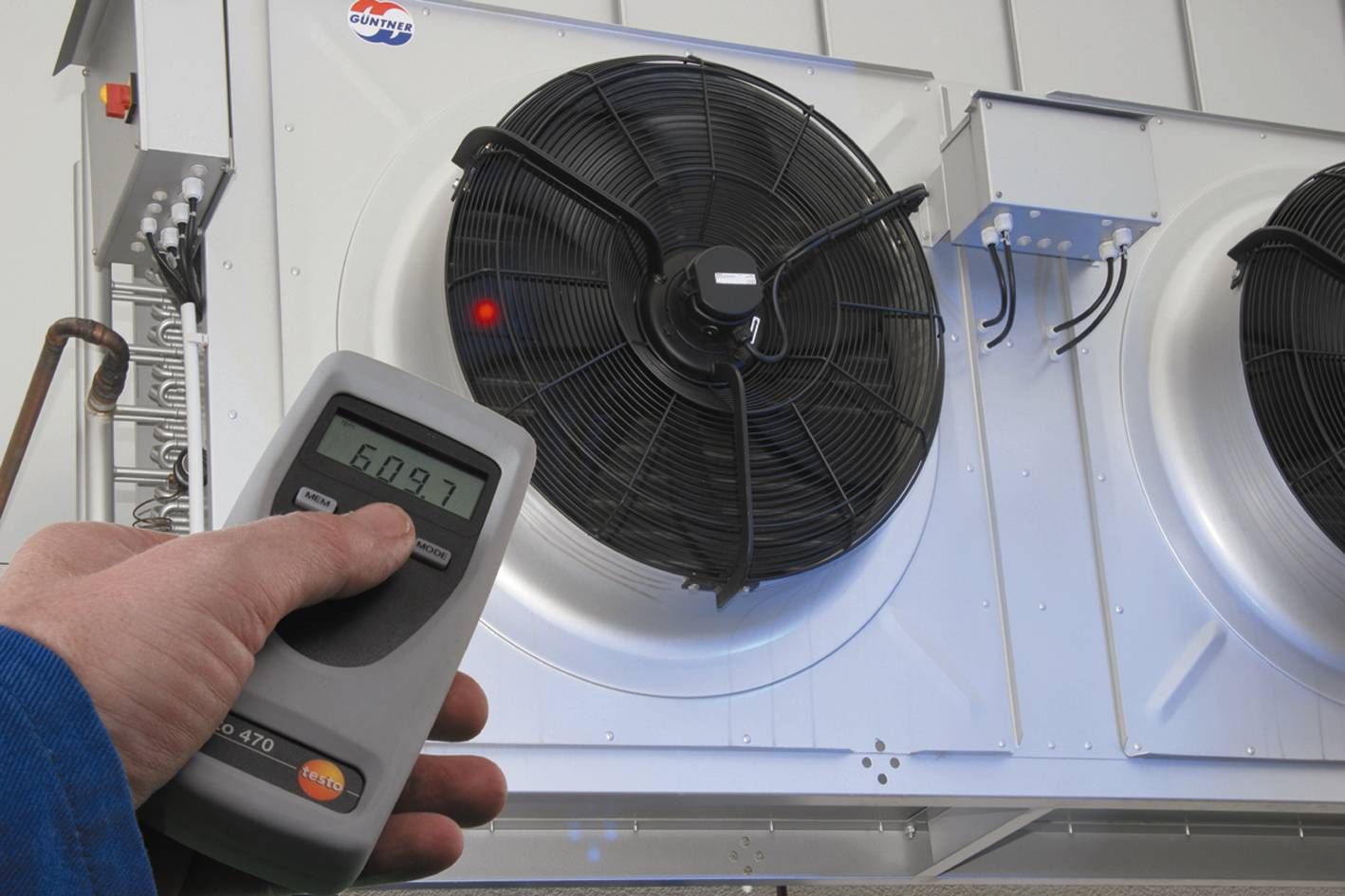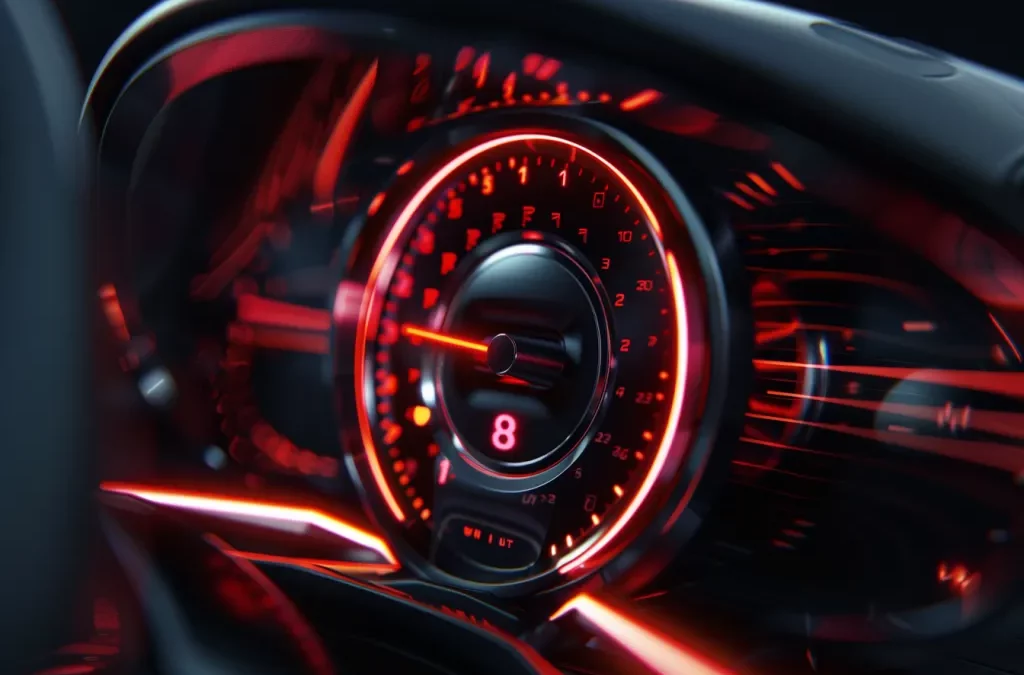When it comes to car maintenance and the desire to monitor engine performance, many auto enthusiasts turn to tachometers. The Summit Ready to Run Distributor is an excellent choice for those looking to upgrade their vehicle’s ignition system. But, how exactly do you hook a tachometer to this distributor? In this comprehensive guide, tailored for all, especially industry QA professionals, we’ll delve into the details, ensuring you get the most out of your vehicle’s performance.

Introduction to Summit Ready to Run Distributor
Let’s start with a fundamental understanding of the product. The Summit Ready to Run Distributor is known for its reliability and efficiency. It is designed to offer you tremendous performance right out of the box without the need for an external ignition box. This makes it a popular choice among car enthusiasts.
Benefits of Using a Tachometer
A tachometer is essential for monitoring your engine’s RPM (revolutions per minute). Understanding your engine’s RPM is crucial for:
- Optimizing performance
- Preventing engine damage
- Improving fuel efficiency
For a more detailed explanation on what a tachometer is and its importance, you might find this what is a tachometer helpful.
Preparing the Tools You Need
Before you start hooking up your tachometer, ensure you have the following tools:
- Screwdrivers
- Wrenches
- Wire cutters and strippers
- Electrical tape
- Multimeter
Understand the Wiring Diagram
A comprehensive wiring diagram is crucial for this process. Most tachometers come with a wiring guide, but if yours doesn’t, consult the manual or the manufacturer’s website.
Steps to Hook Tachometer to Summit Ready to Run Distributor
Step 1: Disconnect the Car Battery
Safety first! Disconnect the battery to avoid any electrical mishaps.
Step 2: Locate the Tachometer Signal Wire
Identify the tachometer signal wire on the Summit Ready to Run Distributor. This wire typically comes labeled, but if not, refer to the wiring diagram from the manufacturer.
Step 3: Connect the Signal Wire
Connect the tachometer signal wire to the corresponding wire on the distributor. Typically, the tachometer’s signal wire is green, and youll want to connect it to the green terminal on the distributor.
Step 4: Secure the Wiring
Use wire strippers to properly expose the wire ends and ensure solid connections. Secure them with electrical tape to avoid any accidental disconnection.
Step 5: Ground the Tachometer
Ensure the tachometer is grounded properly to your vehicles chassis. This is usually a black wire.
Step 6: Reconnect the Battery and Test
Reconnect your car battery and start the engine to test if the tachometer reads the RPM correctly.
For more information on strobe-related tools that can assist in this process, consider reading about how to use a stroboscope.
Troubleshooting Common Issues
Issue 1: Tachometer Not Showing Any Reading
Double-check all connections. Ensure the tachometer signal wire is properly connected to the distributor.
Issue 2: Fluctuating Readings
This could be due to a poor ground connection. Verify the ground wire is securely attached to the chassis.
Issue 3: Incorrect RPM Display
Ensure the tachometer is configured for your vehicles ignition system (usually a 4, 6, or 8-cylinder setup).
Conclusion: Is It Worth the Effort?
Hooking a tachometer to a Summit Ready to Run Distributor might seem daunting, but this guide lays out all the necessary steps. Once installed, you’ll have a better understanding of your engine’s performance, making it a worthwhile investment for any car enthusiast.
External Resources
For a deeper dive into the topic of tachometers, you may find this comprehensive resource helpful.

FAQs
What is a tachometer used for?
A tachometer measures the engine’s RPM, helping you monitor and optimize performance.
Can I install a tachometer myself?
Yes, with the right tools and guide, anyone can install a tachometer.
Why is my tachometer not working?
This could be due to poor wiring connections or incorrect configurations. Double-check all steps and ensure the device is set up properly.
